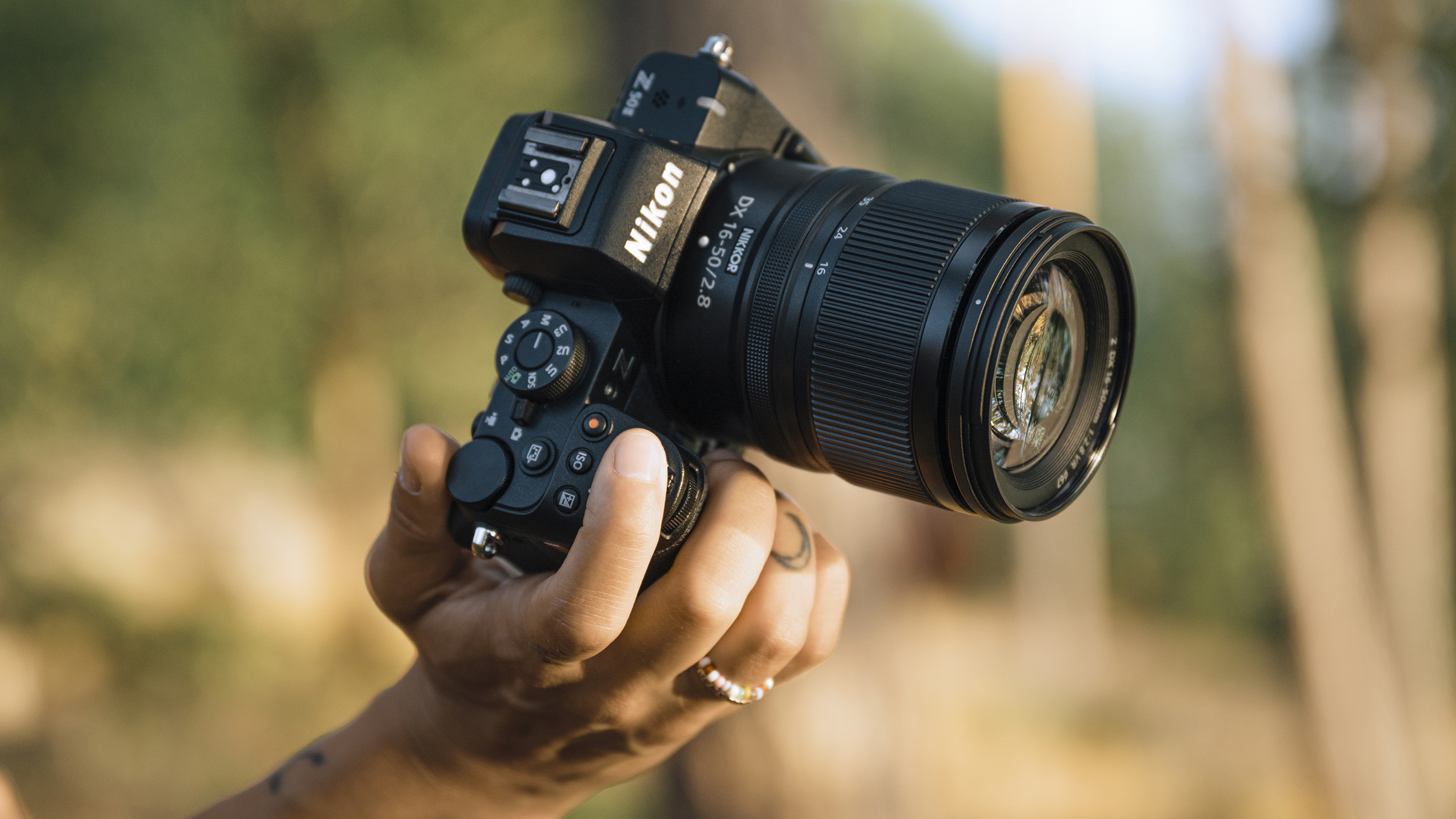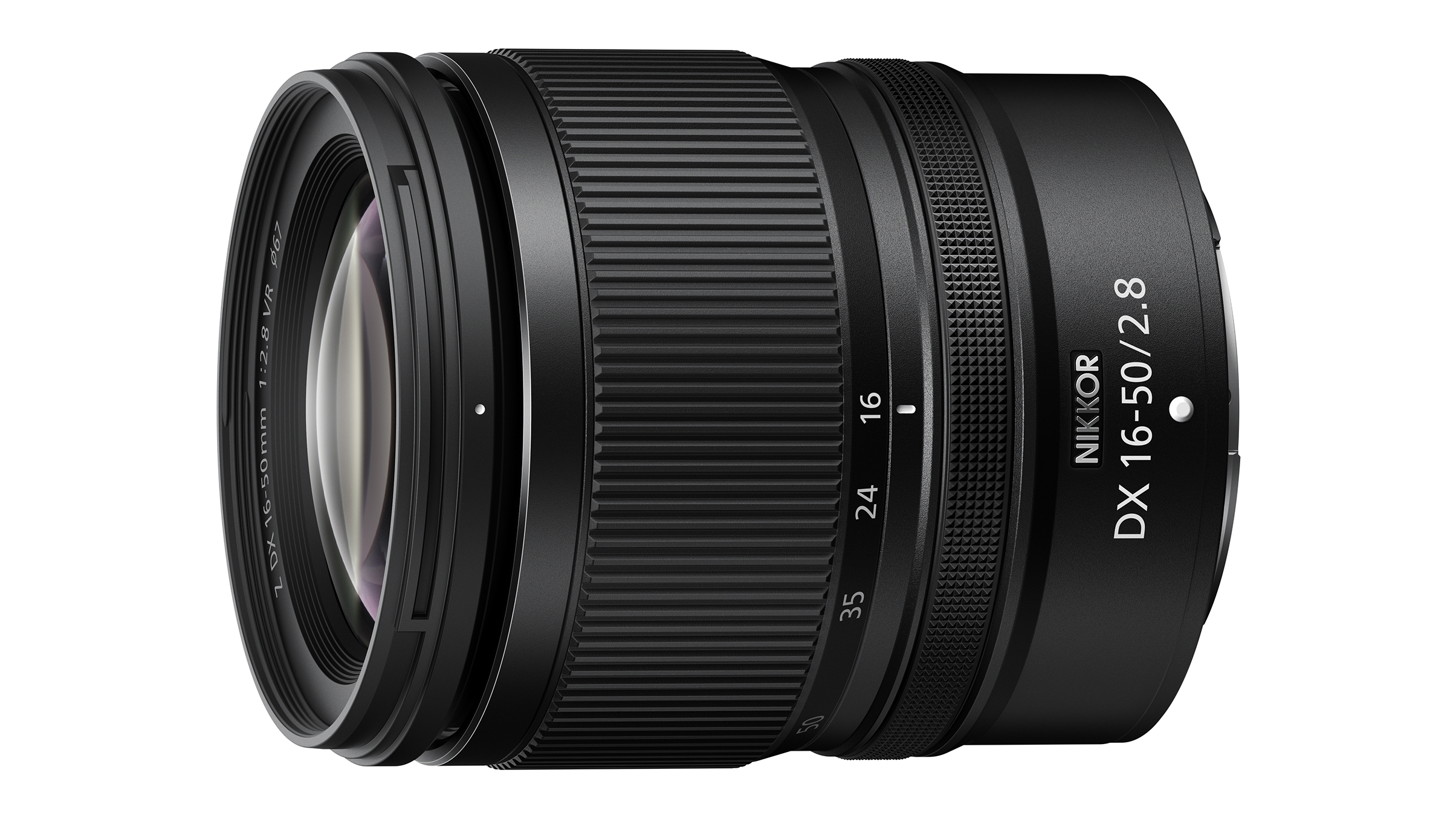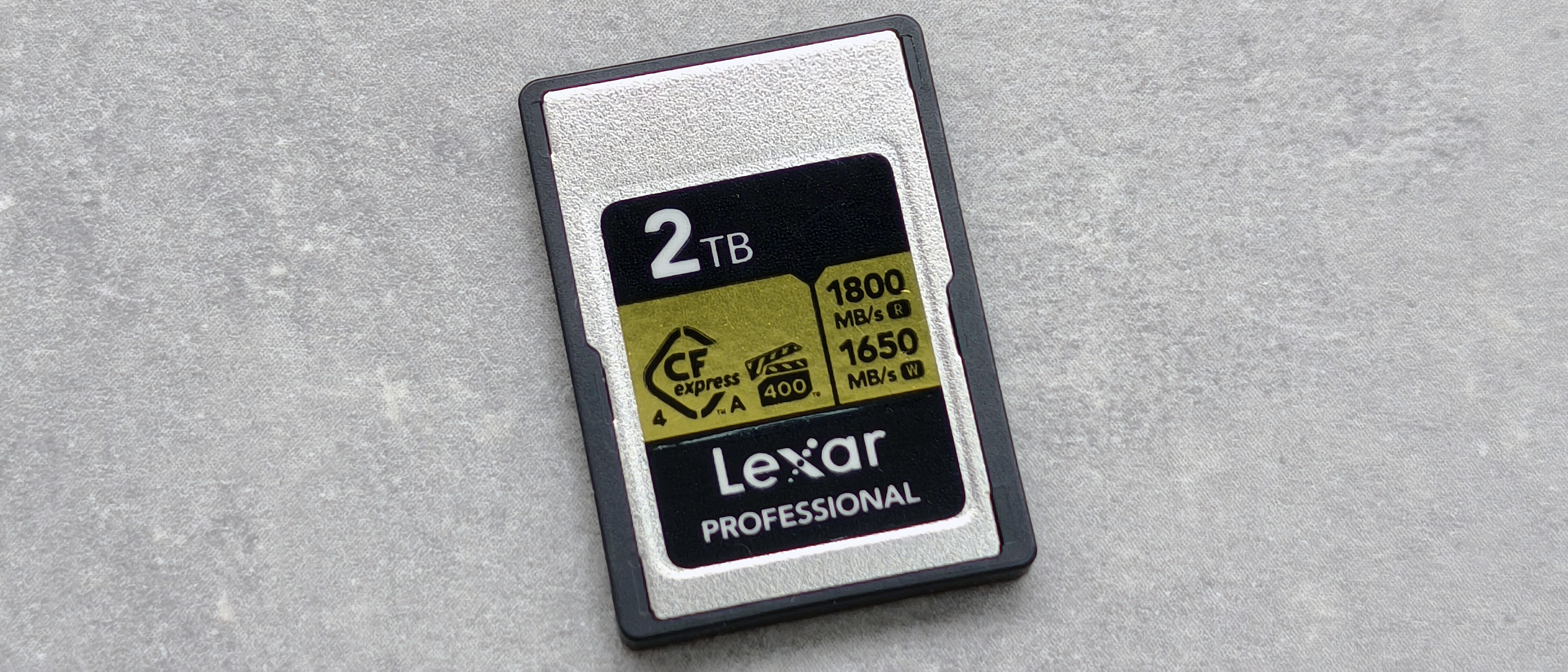This lens is Nikon's answer to DX shooters who want pro-level performance without going full-frame
Fast-aperture standard zooms are rare for APS-C, but Nikon DX shooters finally have a powerful option with the new 16-50mm f/2.8 VR

If you shoot with a Nikon DX-format mirrorless camera, you know the standard zoom space can feel a bit… limiting. While 16-50mm (24-75mm in full-frame terms) is a perfect walkaround focal range for portraits, travel, landscapes, and video, most kit lenses offer variable apertures like f/3.5-5.6 – decent, but not ideal in low light or when you're chasing that creamy background blur.
Now, Nikon has just made things a lot more exciting. It has launched the Nikkor Z DX 16-50mm f/2.8 VR, a compact, constant-aperture zoom built specifically for DX shooters who want more creative control – without the weight or price tag usually attached to f/2.8 glass.
Unlike most lenses in this class, this one maintains a bright f/2.8 aperture throughout the zoom range – making it perfect for handheld low-light shooting, subject isolation, and smoother background separation. It includes built-in Vibration Reduction (VR), giving you up to five stops of camera-shake compensation. Add in a nine-blade aperture that produces soft, circular bokeh and you've got a serious photographic tool.
This lens is built for creators who shoot video, too. The design suppresses focus breathing, and the stepping motor (STM) ensures quiet and accurate autofocus (AF), which is exactly what you want for video capture.
You also get a customizable control ring, enabling you to assign direct control over aperture, ISO, focus or exposure compensation. Inside, Nikon has packed it with ED (extra-low dispersion) glass and two aspherical elements, minimizing distortion and aberrations for crisp, clean results.
In short, this is a lens some might feel shouldn't exist in the DX world – and I'm positively surprised that Nikon launched it. Whether you're upgrading from a kit lens, creating content on the go or just looking for a do-it-all zoom, the Z DX 16-50mm f/2.8 VR delivers in a way few others do.
Comparison
Nikkor Z DX MC 16-50mm f/2.8 VR vs kit lens
The Z DX 16-50mm f/3.5-6.3 VR is the existing kit lens that ships with many DX-format Nikon Z cameras (like the Z50, Z fc, and Z30). It covers the same focal length, but it's built for portability and affordability. The f/3.5-6.3 is ideal for casual use and compact setups.
The best camera deals, reviews, product advice, and unmissable photography news, direct to your inbox!
The new f/2.8 version is designed to meet the demands of serious photographers and video creators who need speed, stabilization and quality in a small package.
Feature | 16-50mm f/3.5-6.3 VR | 16-50mm f/2.8 VR |
Aperture | Variable: f/3.5-6.3 | Constant: f/2.8 |
Build Quality | Lightweight, mostly plastic | More robust, hybrid-optimized |
Optics | Decent, but limited in low light | Sharper wide open, better aberration control |
Stabilization | VR included (4.5 stops) | VR included (5 stops) |
Video Optimization | Basic | Suppresses focus breathing, quiet STM |
Size & Weight | 135g | 330g |
Intended User | Beginners/ casual shooters | Enthusiasts, hybrid creators, low-light shooters |
Specs
Nikkor Z DX MC 16-50mm f/2.8 VR
Type: Nikon Z mount
Format: DX
Focal length: 16–50mm (24-75mm equivalent)
Maximum aperture: f/ 2.8
Lens construction: 12 elements in 11 groups (including 1 ED element and 2 aspherical elements)
Angle of view: DX format: 83° to 31° 30′
Focal length scale: Graduated in millimeters (16, 24, 35, 50)
Focusing system: Internal focusing system
Size: approx. 8.8cm (3.4 inches)
Weight: approx. 330g (11.6 oz)
Price & Availability
The new Nikon Nikkor Z DX 16-50mm f/2.8 VR lens is now available for pre-order in the US for $899.96, in the UK for £799, and in Australia for $1,299. The sales start date is the 30th October 2025.
You might also like...
Browse the best Nikon cameras and the best Nikon Z lenses.

Kim is a photographer, editor and writer with work published internationally. She holds a Master's degree in Photography and Media and was formerly Technique Editor at Digital Photographer, focusing on the art and science of photography. Blending technical expertise with visual insight, Kim explores photography's time-honored yet ever-evolving role in culture. Through her features, tutorials, and gear reviews, she aims to encourage readers to explore the medium more deeply and embrace its full creative potential.
You must confirm your public display name before commenting
Please logout and then login again, you will then be prompted to enter your display name.


